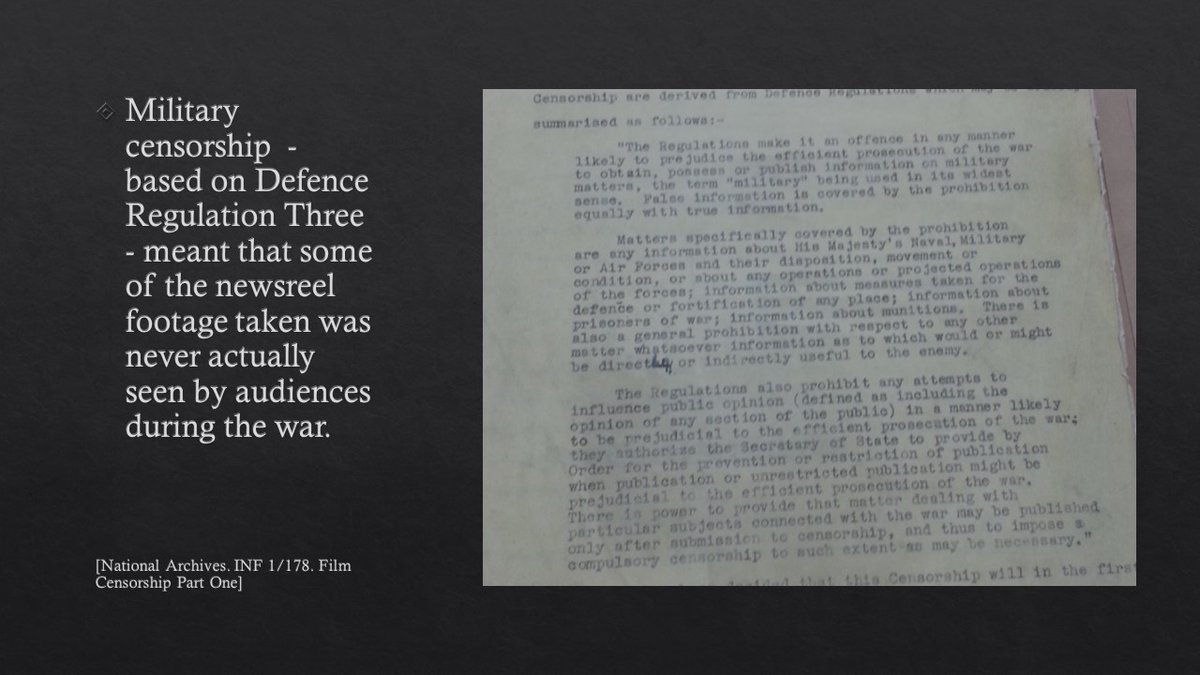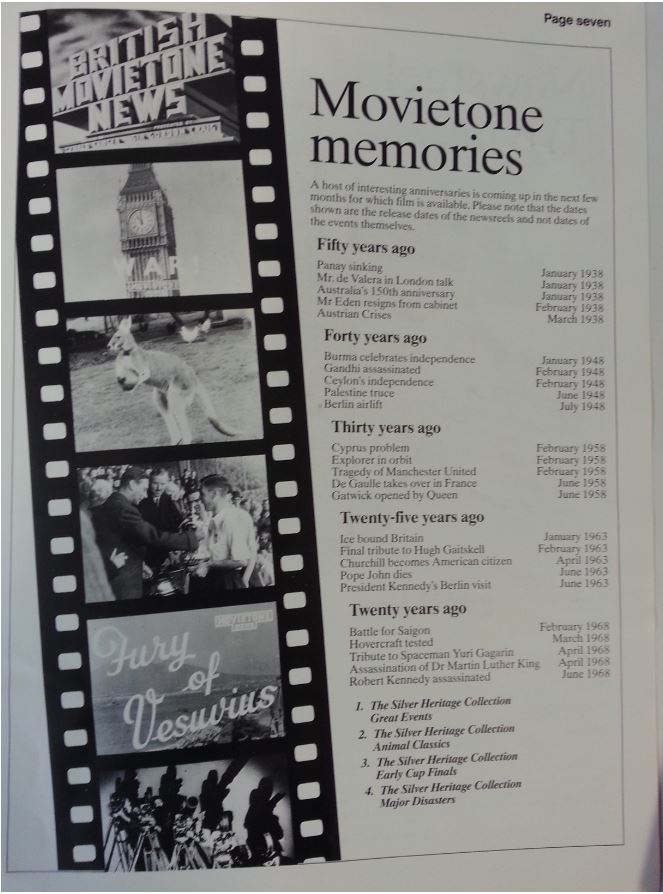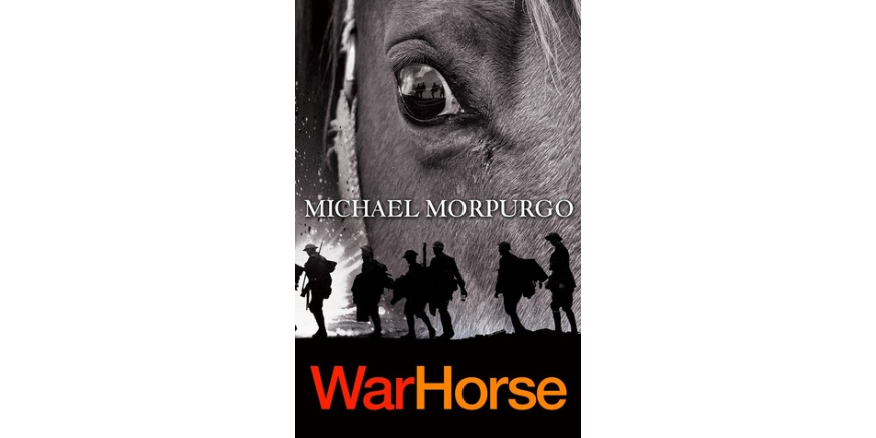#NVHOW20 Introducing Grace Stephenson @GStephensonHist @durham_uni @CDPConnect 'Newsreels and the Narrative of World War II - how the narratives evident in World War II cinema newsreels have become embedded within British culture #SWW #WWII #Homefront #SecondWorldWar #Newsreels
1 #NVHOW20 Five companies produced British newsreels in #WWII holding a monopoly over the British newsreel industry. In 1937 they set up the Newsreel Association of Great Britain & Ireland (NRA). Most communication between the companies & the government was through the NRA. 



2 #NVHOW20 The NRA’s purpose was:'...to promote & protect the interests...of associates engaged in the production & distribution of...Newsreels...& to bring about & maintain co-operation'. One of the primary concerns for wartime newsreels was censorship. [Image: @MediaMuseum] 

3 #NVHOW20 Footage of 'military matters' was censored by the relevant services & the newsreel companies voluntarily submitted dubious content to the British Board of Film Censors. Voluntary wartime censorship reflected the companies’ policies in peacetime. [Image: @UKNatArchives] 



4 #NVHOW20 All were of a Conservative bent & rarely strayed from the establishment line - self-censoring to avoid scrutiny. Newsreel presentation of the war had the potential to influence the predominantly working-class cinema and news theatre audiences. [Image: @LearnonScreen] 

5 #NVHOW20 The newsreel companies were required to operate a rota system for footage in #WW2 & newsreel sequences were unavoidably similar. Pooling of footage increased the importance of the commentary and allowed the companies to make their newsreel distinctive. 

6 #NVHOW20 Many of the commentary sheets from the #SWW have been digitised & can be used to call attention to the choices made by the News Editors when constructing the wartime narrative on screen. Many sheets are available complete with the original pencil markings & deletions. 

7 #NVHOW20 To give just a brief example of how the commentary sheets highlight these production decisions, let us consider the treatment of the Battle of Britain by Gaumont-British News. Issue No. 691 - Story no. 3/5 - Released 19 August 1940. [Can be viewed via @astreetpress] 



8 #NVHOW20 Note: Gaumont-British commentator, E V H Emmett, wrote the scripts for his own commentary. An arrangement not regular practice for the British newsreel industry. Writing his own text gave Emmett more control over his presentation of the news than other commentators. 

9 #NVHOW20 Here, it is visible that Emmett originally wrote '...those pilots who are lucky enough to escape with their lives' in reference to the German airmen. Yet, he has quickly replaced the word 'pilots' with 'raiders.' Even such a small change significantly impacts the tone. 

10 #NVHOW20 The conditions under which the commentary was created & the implications that this had for the portrayal of wartime events is vital for understanding how the news was presented to contemporary cinema audiences on the Home Front. It is easy to neglect this context.
11 #NVHOW20 The footage is often seen in documentaries & as part of television commemorations. The companies have always recognised the sales potential of library footage for the #OnThisDay format & debates about the problematic nature of re-used newsreel footage are not new... 

12 #NVHOW20 But now, with so much digitised footage, the extent of sharing out of context has become unprecedented. Recent anniversaries such as #BoB80 and #VEDay75 are examples of how newsreel footage (some created as propaganda) still permeates the national consciousness today. 







• • •
Missing some Tweet in this thread? You can try to
force a refresh










